Comprehensive transcriptional atlas of human adenomyosis deciphered by the integration of single-cell RNA-sequencing and spatial transcriptomics
- PMID: 38486356
- PMCID: PMC11214835
- DOI: 10.1093/procel/pwae012
Comprehensive transcriptional atlas of human adenomyosis deciphered by the integration of single-cell RNA-sequencing and spatial transcriptomics
Abstract
Adenomyosis is a poorly understood gynecological disorder lacking effective treatments. Controversy persists regarding "invagination" and "metaplasia" theories. The endometrial-myometrial junction (EMJ) connects the endometrium and myometrium and is important for diagnosing and classifying adenomyosis, but its in-depth study is just beginning. Using single-cell RNA sequencing and spatial profiling, we mapped transcriptional alterations across eutopic endometrium, lesions, and EMJ. Within lesions, we identified unique epithelial (LGR5+) and invasive stromal (PKIB+) subpopulations, along with WFDC1+ progenitor cells, supporting a complex interplay between "invagination" and "metaplasia" theories of pathogenesis. Further, we observed endothelial cell heterogeneity and abnormal angiogenic signaling involving vascular endothelial growth factor and angiopoietin pathways. Cell-cell communication differed markedly between ectopic and eutopic endometrium, with aberrant signaling in lesions involving pleiotrophin, TWEAK, and WNT cascades. This study reveals unique stem cell-like and invasive cell subpopulations within adenomyosis lesions identified, dysfunctional signaling, and EMJ abnormalities critical to developing precise diagnostic and therapeutic strategies.
Keywords: adenomyosis; endometrial-myometrial junction; progenitor cells; single-cell RNA sequencing; spatial transcriptomics.
© The Author(s) 2024. Published by Oxford University Press on behalf of Higher Education Press.
Conflict of interest statement
The author declares no competing interests.
Figures
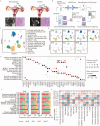
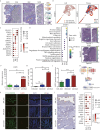
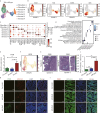
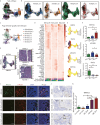
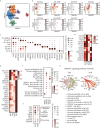
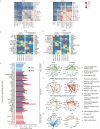
References
MeSH terms
LinkOut - more resources
Full Text Sources

